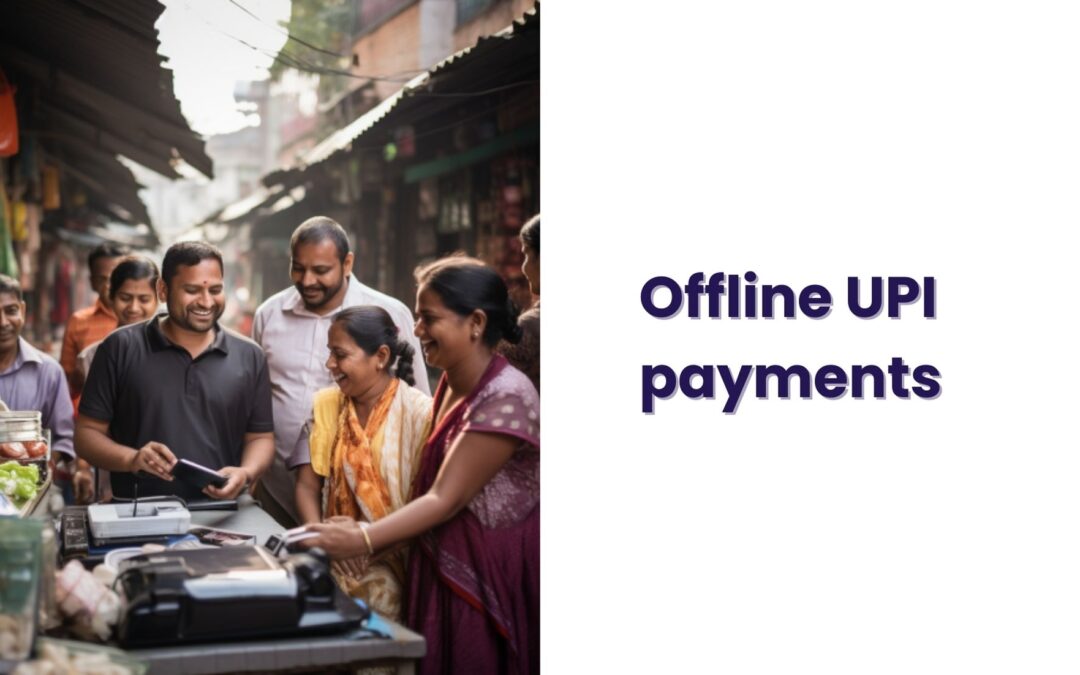In the bustling digital landscape of India, Offline UPI Payments have emerged as a revolutionary force, transforming the way transactions are conducted. With the rapid proliferation of Unified Payments Interface (UPI), offline transactions have bridged the gap between convenience and accessibility, especially in areas with erratic internet connectivity.
Do you want to save your money in 24k digital gold? Download the Jar App to start saving now.
Understanding the Mechanics of Offline UPI Payments
What is UPI and Its Evolution in India?
Unified Payments Interface, commonly known as UPI, has redefined the payment ecosystem in India. Initially introduced by the National Payments Corporation of India (NPCI), UPI facilitates real-time transactions between bank accounts using a unique UPI ID. The evolution of UPI has witnessed remarkable growth, catering to diverse consumer needs and preferences.
How Offline UPI Differs from Traditional UPI?
While traditional UPI transactions necessitate internet connectivity, Offline UPI Payments in India offer an alternative mechanism, enabling transactions without a stable internet connection. Leveraging innovative technologies and infrastructure, offline UPI transactions ensure seamless transactions, even in remote locations.
Security Measures in Offline Transactions
Ensuring the security of transactions remains paramount in the realm of offline UPI payments. Advanced encryption techniques, biometric authentication, and secure QR code generation mitigate potential risks, safeguarding consumer interests and financial data.
Benefits of Offline UPI Payments in India
Convenience and Accessibility
Offline UPI Payments revolutionize convenience, allowing users to transact anytime, anywhere. Whether navigating urban jungles or remote terrains, consumers can execute transactions effortlessly, eliminating dependencies on internet connectivity.
Reducing Dependency on Internet Connectivity
In a country marked by diverse terrains and varying internet infrastructures, offline payments alleviate the challenges posed by intermittent connectivity. By providing a reliable alternative, offline transactions empower consumers and merchants alike, fostering economic growth and development.
Challenges in Implementing Offline UPI
Technical Hurdles and Solutions
Despite its myriad benefits, implementing offline UPI presents unique challenges, including technological limitations and infrastructural constraints. Collaborative efforts between policymakers, financial institutions, and technology providers are pivotal in addressing these challenges, ensuring seamless integration and functionality.
User Awareness and Education
Promoting awareness and education remains integral to the successful adoption of offline UPI payments. Engaging consumers through targeted campaigns, workshops, and training programs fosters understanding and trust, driving widespread acceptance and utilization.
Future Prospects of Offline UPI Payments
Technological Advancements
The future landscape of these payments is poised for significant advancements, leveraging emerging technologies such as artificial intelligence, machine learning, and blockchain. These innovations promise enhanced security, efficiency, and user experience, reshaping the digital payment ecosystem in India.
Market Trends and Consumer Behavior
Analyzing market trends and consumer behavior provides invaluable insights into the evolving landscape of such UPI payments. By understanding consumer preferences, expectations, and challenges, stakeholders can innovate and adapt, ensuring sustained growth and profitability.
Comparing Offline UPI with Global Standards
Comparing offline UPI payments with global standards offers a holistic perspective on its evolution, impact, and potential. Analyzing international best practices, regulatory frameworks, and technological advancements facilitates knowledge exchange and collaboration, driving innovation and growth.
Regulatory Framework and Guidelines
Navigating the regulatory framework and guidelines governing such payments is crucial for stakeholders. Understanding RBI guidelines, compliance requirements, and industry standards ensures adherence to legal and ethical practices, mitigating risks and fostering trust.
Security Concerns and Mitigation
Addressing security concerns and implementing robust mitigation strategies is paramount in safeguarding offline UPI transactions. Collaborative efforts between policymakers, financial institutions, and technology providers ensure secure, reliable, and efficient transactions, fostering consumer trust and confidence.
User Experience and Feedback
Engaging consumers through feedback mechanisms and evaluating user experience is pivotal in enhancing offline payments. By soliciting feedback, addressing concerns, and implementing user-centric enhancements, stakeholders can optimize functionality, usability, and satisfaction, driving adoption and loyalty.
Conclusion: The Future Landscape of Offline UPI in India
In conclusion, Offline UPI Payments in India represent a transformative force, reshaping the digital payment ecosystem and driving economic growth. By addressing challenges, leveraging innovations, and prioritizing consumer interests, stakeholders can unlock unprecedented opportunities, fostering prosperity, and progress.
FAQs on Offline UPI Payments in India
How do Offline UPI Payments work?
They utilize innovative technologies and infrastructure, enabling transactions without a stable internet connection. Leveraging secure QR codes, biometric authentication, and encryption techniques, offline transactions ensure seamless functionality and reliability.
What are the benefits of Offline UPI Payments?
They revolutionize convenience, accessibility, and reliability, empowering consumers and merchants alike. By eliminating dependencies on internet connectivity, offline transactions foster economic growth, development, and inclusivity.
What challenges do Offline UPI Payments face?
Despite its myriad benefits, these face challenges, including technological limitations, infrastructural constraints, and user awareness. Collaborative efforts between stakeholders are pivotal in addressing these challenges, ensuring seamless integration and functionality.
How does security work in Offline UPI Payments?
Ensuring security in them necessitates robust encryption techniques, biometric authentication, and secure QR code generation. Collaborative efforts between policymakers, financial institutions, and technology providers mitigate potential risks, safeguarding consumer interests and financial data.
What is the future of Offline UPI Payments in India?
The future of such offline payments in India is poised for significant advancements, leveraging emerging technologies such as artificial intelligence, machine learning, and blockchain. By addressing challenges, fostering innovation, and prioritizing consumer interests, stakeholders can unlock unprecedented opportunities, driving growth, and prosperity.
How can stakeholders promote Offline UPI Payments?
Promoting these offline payments necessitates collaborative efforts between policymakers, financial institutions, and technology providers. By implementing targeted campaigns, workshops, and training programs, stakeholders can educate consumers, foster trust, and drive widespread adoption and utilization.

